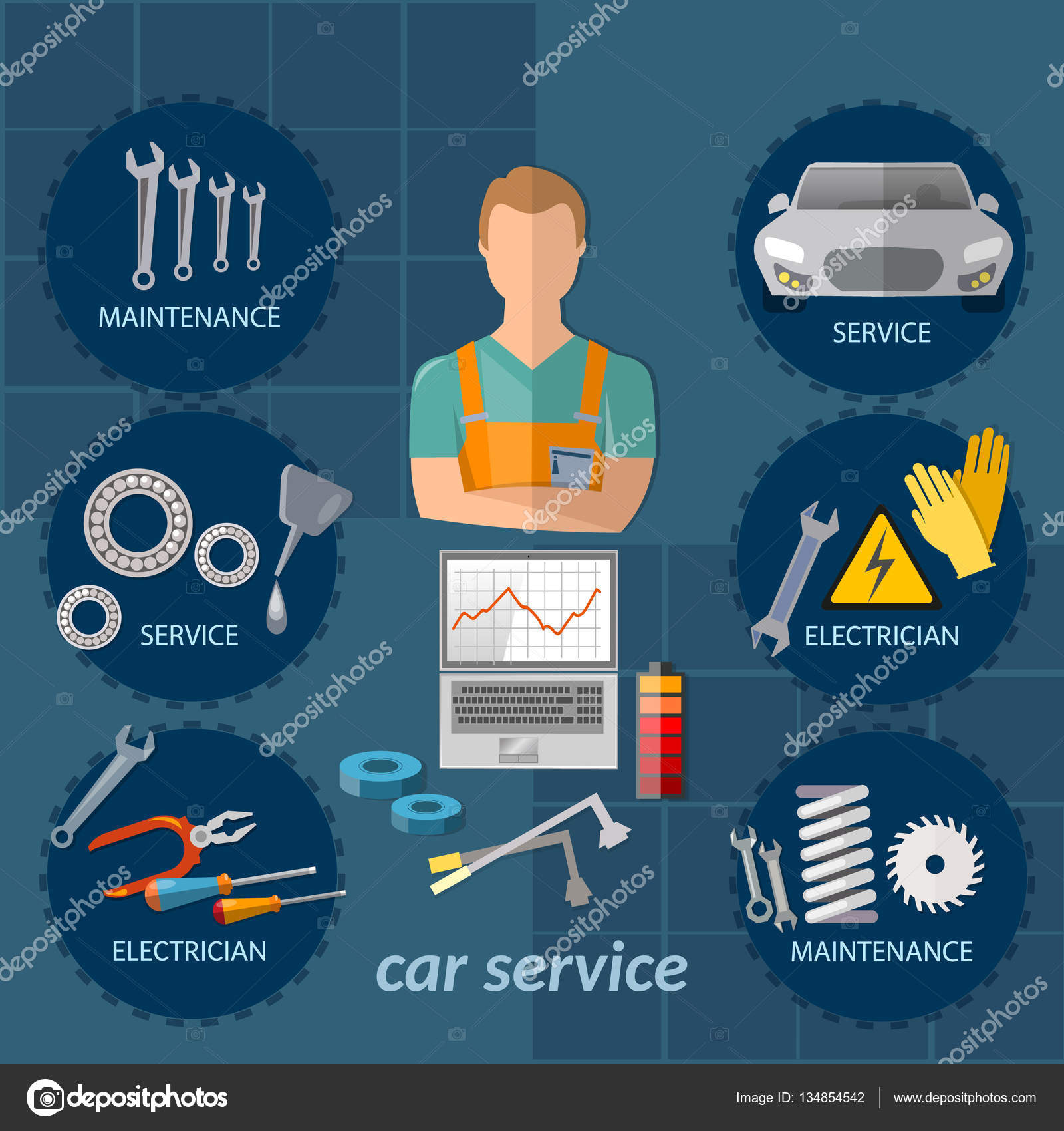Discover Exactly How To Decode Vehicle Caution Lights And Deal With Prospective Concerns With Self-Confidence
Discover Exactly How To Decode Vehicle Caution Lights And Deal With Prospective Concerns With Self-Confidence
Blog Article
Web Content Author-Gunter Corbett
When you're behind the wheel, those little caution lights on your automobile's control panel can be fairly puzzling. What do they mean, and should you be concerned? Comprehending these signals is crucial for your automobile's well-being, yet it doesn't have to be a difficult job. By translating the enigma behind each light, you'll be outfitted to deal with possible problems properly and keep your cars and truck running smoothly. So, following time a warning light flashes, don't panic - arm yourself with expertise and take control of the scenario.
Relevance of Automobile Warning Lights
Comprehending the significance of your car's caution lights is essential for maintaining your vehicle's health and wellness. These lights act as your cars and truck's interaction system, informing you to possible issues that can endanger your safety and security when traveling or bring about expensive repair services if disregarded. By paying attention to these cautions, you can resolve issues early and stop additional damages to your automobile.
Overlooking alerting lights can cause significant repercussions, such as engine failure, brake breakdowns, or even accidents. These lights are developed to inform you of concerns ranging from low tire stress to engine breakdowns, giving you the chance to take action before the scenario intensifies. Regularly examining and recognizing these warnings can save you time, money, and ensure your safety while driving.
Along with keeping you risk-free, responding without delay to advising lights can additionally aid extend the life-span of your auto. By attending to concerns beforehand, you can prevent tiny troubles from intensifying into major repairs, eventually conserving you money and time in the future. Bear in mind, your automobile's caution lights are there for a factor - do not overlook them!
Common Caution Lights and Meanings
When it concerns driving your car, understanding typical caution lights and their definitions is important for your safety and security and car upkeep. Right here are a couple of usual warning lights you may run into:
1. ** Check Engine Light **: This light shows a problem with your engine. It could be something minor like a loosened gas cap or something a lot more serious like engine misfiring.
2. ** Battery Light **: This light signals a problem with your car's charging system. It could suggest a defective battery, generator, or various other related parts.
3. ** Oil Stress Light **: When this light begins, it indicates your engine might be running low on oil or experiencing reduced oil stress, which can bring about engine damage if not attended to promptly.
4. ** Brake System Light **: This light shows an issue with your stopping system. It can imply reduced brake fluid degrees or an issue with the brake system that needs immediate focus.
Comprehending these common caution lights will aid you identify potential issues beforehand and stop more substantial issues down the road.
Just how to Reply To Caution Lighting
In case a caution light brightens on your automobile's control panel, it's critical to respond immediately and appropriately. When a caution light begins, the first step is to consult your owner's manual to comprehend the specific issue indicated by the light.
visit the site call for immediate focus, while others might show a much less immediate matter. If the warning light is red or blinking, it's normally an indication of a major problem that requires instant action. In Learn Even more Here , it's suggested to pull over safely, shut off the engine, and seek expert aid.
For yellow or orange warning lights, while they might not require instant interest, it's still crucial to address the hidden issue quickly to stop more damages. Regular upkeep and assessment can aid prevent cautioning lights from coming on all of a sudden.
Conclusion
Finally, comprehending your cars and truck's warning lights is crucial for preserving your automobile's health and wellness. By on a regular basis checking and replying to these cautions, you can address possible issues early and prevent costly repairs or safety threats. Keep in mind to consult your owner's guidebook for information on various warning lights and always take prompt action for red or blinking lights. Keep proactive and keep your cars and truck running efficiently!
